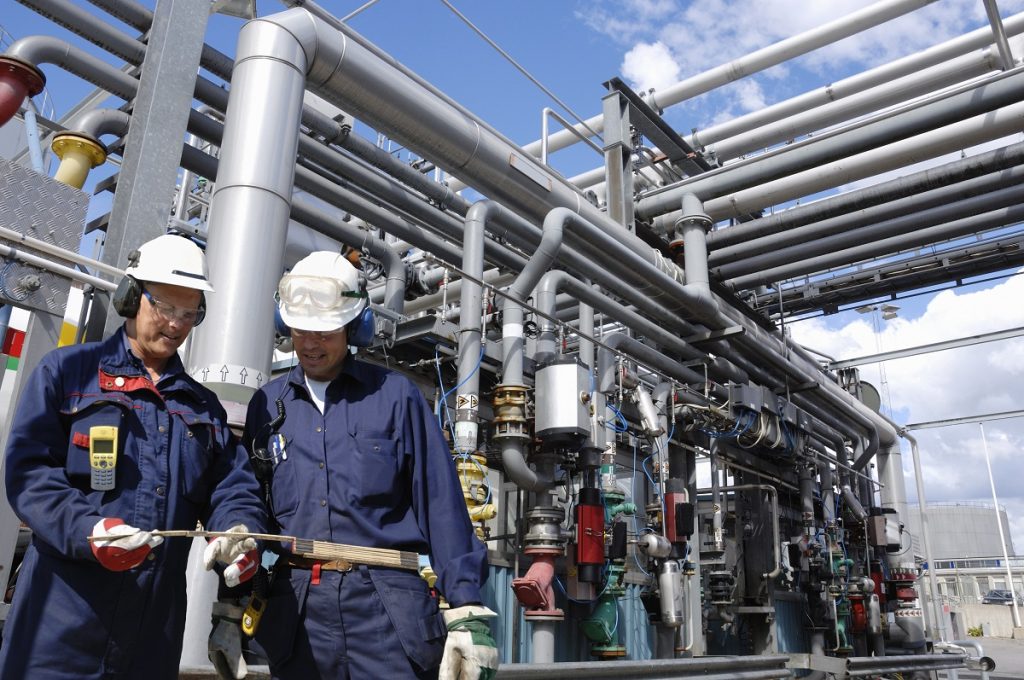- The control panel’s layout impacts its efficiency, with careful placement of components and wire routing enhancing workflow and safety.
- Regular maintenance of control panels is vital to their longevity and efficiency, helping to prevent unexpected failures and accidents.
- Staying updated with the latest technology trends can enhance the performance of control panels and transform factory operations.
- Training staff and having a contingency plan are necessary for effective operation and management of emergencies respectively.
To streamline your factory operations, efficient industrial control panels are a must-have. These panels are the nerve center of your manufacturing process, controlling and monitoring equipment across the facility.
Selecting the right components, organizing the layout for ease of use, and routine maintenance are crucial strategies for maximizing the efficiency and lifespan of your panels. Dive into these strategies to help you create a well-oiled production line.
Identify your needs.
You must identify your operational needs before purchasing a control panel or components. Here are some things to consider:
Meet industry standards.
Complying with industry standards is desirable and mandatory for safety and efficiency. One such critical standard is UL698A, which pertains to the safety of industrial control panels in hazardous locations. This standard provides a framework for installing, operating, and maintaining these panels in environments characterized by flammable gases, vapors, or dust.
Meeting the UL698A standard ensures your control panels are robust and reliable enough to operate in challenging conditions without risking equipment failure or safety hazards. Furthermore, compliance with such standards can enhance your brand’s reputation, showcasing your commitment to safety, quality, and reliability.
Therefore, when selecting components and designing your panel layout, it’s crucial to prioritize meeting standards like UL698A, which will ultimately enhance your operation’s safety and productivity.
Optimize the layout of your control panel.
The layout of your industrial control panel is pivotal in determining its efficiency and ease of use. Configuring the panel layout involves strategically placing components to facilitate smooth workflow and minimize downtime. For instance, frequently used components should be readily accessible, while those that require less interaction can be placed at the back.
Wire routing should also be carefully considered to avoid tangling and facilitate troubleshooting. Remember, a clutter-free, organized panel enhances the efficiency of operations and reduces the risk of accidents, making the workplace safer for employees.
It’s also worth noting that an optimized layout can make future upgrades or replacements easier, saving time and resources in the long run. Therefore, investing time and thought into the panel layout is critical to streamlining factory operations.
Invest in routine maintenance.

Regular maintenance is integral to the longevity and efficiency of your industrial control panels. This involves periodic inspections to ensure components are functioning correctly, cleaning to prevent accumulation of dust and grime that could hinder performance, and timely replacement of worn-out parts. Including these steps in your maintenance plan can help detect potential issues early, reduce downtime from unexpected equipment failure, and extend the life of your control panels.
Moreover, regular maintenance contributes to safety by reducing the risk of electrical faults that could lead to accidents. Thus, while it may initially seem like an additional cost, proactive maintenance is a strategic investment that pays off in the long run through improved efficiency, safety, and cost savings.
Keep up with the latest technology updates.
Staying abreast of the latest technology updates is instrumental in maintaining the competitiveness of your industrial operations. Technological advancements often introduce more efficient, reliable, and safer components for control panels, thereby enhancing operational performance.
They can also offer features that facilitate easier monitoring and troubleshooting, driving down the time and cost of maintenance. Furthermore, integrating IoT and Artificial Intelligence into your control panels can provide real-time data monitoring, advanced analytics, and predictive maintenance, transforming your factory’s operation.
Consequently, it is crucial to keep a pulse on technological trends and updates in the industry, and continually seek opportunities for integrating them into your control systems. This proactive approach ensures that your operations remain up-to-date and positions your factory favorably for future technological evolutions.
Train your staff adequately.
Investing in employee training is vital for efficient operation of your industrial control panels. Trained staff can effectively operate and maintain these systems, minimizing downtime and reducing potential mistakes that can lead to equipment damage or safety hazards.
Moreover, they can quickly troubleshoot and resolve minor issues, preventing them from escalating into major problems. This training should not be a one-time event, but a continual process, accommodating new hires and updating existing employees with the latest operational techniques and technology advancements.
It’s also important to provide safety training to ensure they understand the risks associated with the job and know how to respond in an emergency. Therefore, the investment in training your staff isn’t just an expenditure, but a strategy that enhances productivity, safety, and the overall efficiency of your factory operations.
Have a contingency plan in place.

Despite best efforts, unforeseen issues can arise that disrupt your factory operations. A well-thought-out contingency plan is vital to minimize downtime and get your factory back up and running as quickly as possible. Contingency plans should address potential emergencies, equipment malfunction, or sudden loss of key personnel, outlining systematic action plans for each scenario.
Ideally, it should include backup suppliers for crucial components, emergency contact lists, and a communication strategy to inform staff and stakeholders about the situation. Additionally, regular drills can ensure your staff is prepared to respond effectively when a crisis hits. A contingency plan provides a roadmap during crises, ensuring your factory can continue operations with minimal disruption.
In conclusion, the efficiency and longevity of your industrial control panels hinge on thoughtful planning, rigorous standards compliance, optimized layout, regular maintenance, and staying ahead of technology trends. Your deliberate efforts today will undoubtedly bring a robust, efficient, high-performing control panel system that powers your factory’s success. So, get started now!




